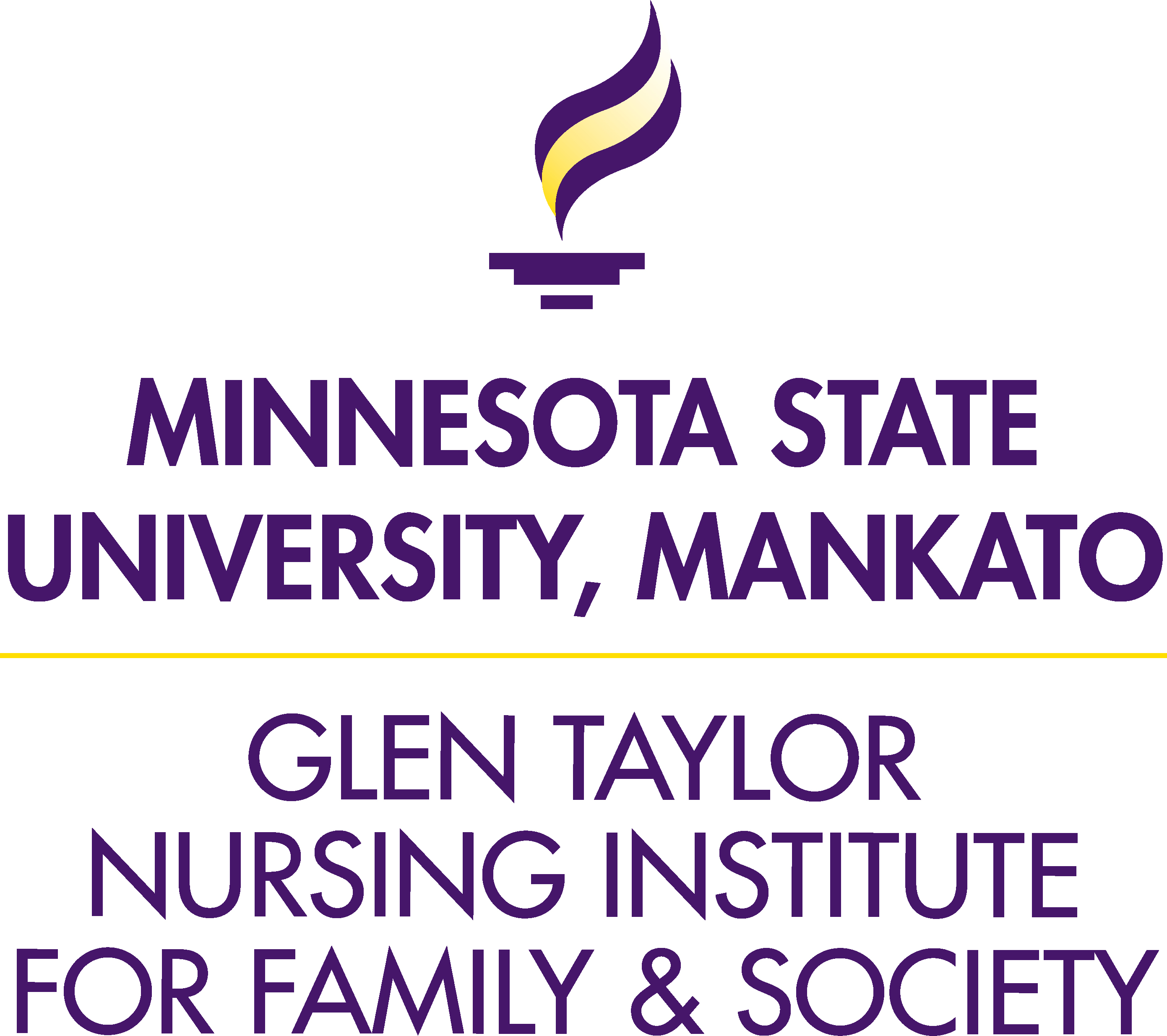 When I searched the term “YouTube” on PubMed this afternoon, I wasn’t sure what I would find. I got 659 search results. While I recognize the impact and pervasiveness of YouTube in everyday life, I must admit that I was surprised that the number was so high. Among the first 20 items, there were a few that caught my eye.
When I searched the term “YouTube” on PubMed this afternoon, I wasn’t sure what I would find. I got 659 search results. While I recognize the impact and pervasiveness of YouTube in everyday life, I must admit that I was surprised that the number was so high. Among the first 20 items, there were a few that caught my eye.
The first was a study that reviewed YouTube videos demonstrating femoral artery puncture and sheath placement, finding that most were not posted by vascular surgeons. Another study examined disparities in online health information accessibility compared across levels of eHealth literacy. African Americans with lower levels of eHealth literacy trusted health information from YouTube and Twitter more compared with those who had higher levels of eHealth literacy. A third paper reported the results of a study evaluating the use of social media, specifically a YouTube channel, to target education to patients with cancer in South Korea. Another article reported YouTube as the most popular social media platform for sharing information among medical students in Saudi Arabia. And search result #659? That one was about nurses in the United Kingdom (Wales, specifically) using video clips posted to YouTube to provide patient education related to influenza, asthma, cervical cancer screening, and self-monitoring of blood glucose.
Each of these articles illustrates the power of this platform, which was created in 2005. What gave me pause was not only the volume of articles, but also the breadth of topics. Though I often will say to people that if they want to learn how to do something easily that they should look it up on YouTube, even I was taken aback a little by the thought of providers learning how to perform femoral artery punctures from a YouTube video. However, as can be seen from the study of the medical students in Saudi Arabia, YouTube may be their first stop for information on a variety of topics, including their education. And given that YouTube is now 12 years old, we are essentially in a world of college and university students who have grown up with this resource. As can be seen from the project in South Korea, YouTube does lend itself to patient education very easily and effectively. And, importantly, the platform seems to cross health literacy barriers, as evidenced by the second study.
What really intrigued me was the oldest search result, #659. It was an article from 2007 and it was about nurses. Just two years after the launch of YouTube, nurses were using this new technology effectively to aid patients because they saw the power in its utility. This didn’t surprise me at all, and it was almost as if I had planned it. What initially was to be a blog post to promote the IFNA YouTube channel (and, by the way, it still is) became a post about not only the power of YouTube in health care practice, education, and research, but also a reminder of the innovative spirit of nursing to use each and every tool in the arsenal to empower patients and families to optimize their health and wellbeing.
The February issue of the Journal of Family Nursing has a focus on social media and the ways in which these platforms can support and advance family nursing research, education, and practice. YouTube, including the IFNA YouTube channel, is one way in which this can take shape. It’s gratifying to know that nurses have been using YouTube almost from its beginning to have a positive impact in the lives of patients and families.
Joel G. Anderson, PhD, CHTP, is an Associate Professor at the University of Tennessee College of Nursing and a member of the IFNA Communications Committee. His research focuses on support of family caregivers and persons with dementia. He uses social media as one way of examining the family caregiving experience. You can follow him on Twitter at @JoelAndersonPhD.
